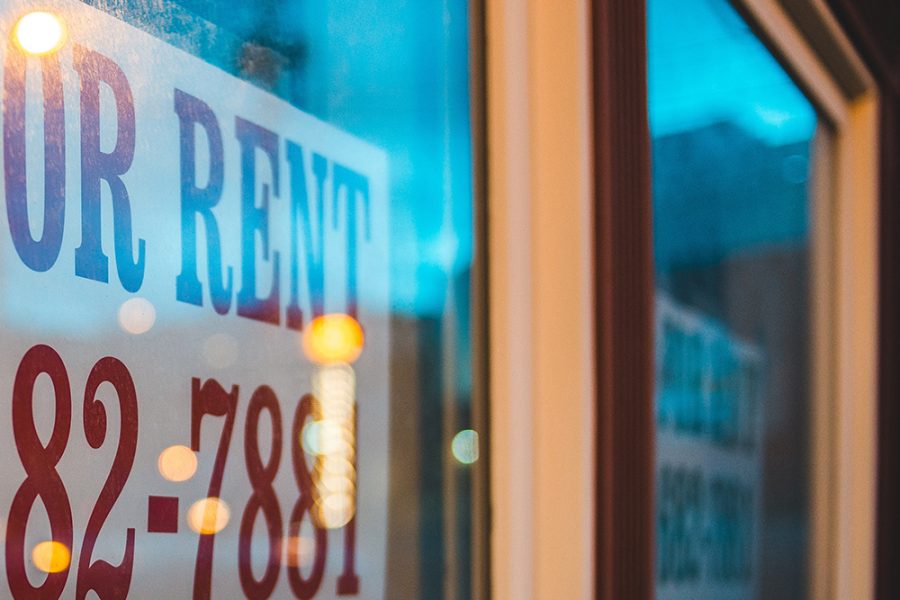There seems to be mild panic regarding investors buying up housing. The Washington Post reported last year that, “investors bought a record share of homes in 2021,” almost “one in seven homes sold in America’s top metropolitan areas” as well as “the most in at least two decades.” Often the investors pay in cash, making their offers more attractive than those from individuals or families that would have to qualify for mortgages.
We’re supposed to take this as bad news because corporations are inherently corrupt and will never give tenants a fair deal while pricing the worst-off among us out of the market. California even has a new law on the books “to prevent investor speculation” and curb “the market power of institutional investors.” A previous law signed in 2020 is “intended to mitigate against blight, vacancy and the transfer of residential property ownership from owner occupants to corporate landlords in the event that California experiences a wave of foreclosures.”
Never mind that investor purchases collapsed by more than 30 percent in the third quarter of 2022. Or that investors make up only a thin slice of housing ownership, holding no more than 3 percent of all single-family rental homes – 89 percent of which are owned not by big corporations but by what we might call “neighbors” who have from one to five units under their care. Large investors – those who own at least 10 units – account for only 6 percent of housing purchases.
Even after an exhaustive buying spree, the institutions would still be small-time players – they own only one out of every 500 parcels of residential real estate and an inconsequential 1 percent of all single-family rental homes. Yet the narrative says we have to be concerned about Wall Street “hogging American homes,” and taking over the housing market and then increasing scarcity for almost surely nefarious reasons.
Those who cast a cold eye on housing-sale trends tell us that it’s all rather overblown. Institutional investors are no more barbarians in the cul-de-sac than the mailman is. It doesn’t fit the script, but the reality is homebuyers, homeowners and renters would be better off if the institutional investors were more aggressive than they are.
For one, they often add value to neighborhoods. From 2010 to 2013, for instance, institutional investors bought homes that were in such disrepair that no one else would touch them. Tapping into their considerable resources, they established a bottom for the market – “a very, very valuable service,” says Laurie Goodman, vice president for housing finance policy at the Urban Institute. They also improved the condition of the housing stock by renovating houses (which also creates and retains jobs).
On average, institutional investors spend $21,000 on renovations for each single-family rental they buy. Renovating a rundown house that has been vacant for years, and made the rest of the neighborhood look bad, shouldn’t be discouraged.
In making homes more attractive on the market, investors also reduce vacancy rates, leaving entire communities more livable and increasing neighbors’ property values. The data show that the market value of homes within a quarter mile – that’s about five blocks – of a home bought by investors is 1.4 percent higher than it is for homes that are a quarter- to a half-mile from the house. The more down-market the neighborhood, the greater the effect.
But surely investment purchases in the housing market have led to steep rental rates and more people on the street. Again, this turns out to be the product of overactive imaginations. Researchers have not been able to find evidence that higher rents and evictions follow purchases by investors.
Furthermore, many investors are just individuals who buy an investment property or two – and they tend to invest in and care for their investment. Buying rental properties is a long-proven way to build wealth, by the way, for working-class and middle-class people.
The trend we should be concerned with is not the free market at work, but government intrusion into the housing sector. Washington has been meddling in housing for nearly a century through a variety of channels, including a federal mortgage insurer, government-guaranteed mortgage securities, and government-sponsored enterprises in housing finance (think of Fannie Mae and Freddie Mac).
Norbert Michel of the libertarian Cato Institute pointed out in congressional testimony that no other country in the world is as involved in housing as the United States. Just as the U.S. Department of Education has not improved educational outcomes over more than 40 decades, and the U.S. Department of Energy has yet to produce a single watt of energy, these federal interventions have “done little,” says Michel, “to expand homeownership.”
At the state and local levels, housing is negatively affected by an assortment of poor public policies, such as rent control, zoning, difficult-if-not-impossible-to-navigate environmental regulations, affordability mandates, anti-growth ordinances, eviction moratoria, taxes on vacant units and punitively steep permit and inspection fees.
This thicket of rules and do-nots and must-dos has produced a housing shortage that will never be alleviated as long as policymakers continue to skew the market with their manipulations.
Kerry Jackson is a fellow with the Center for California Reform at the Pacific Research Institute.


